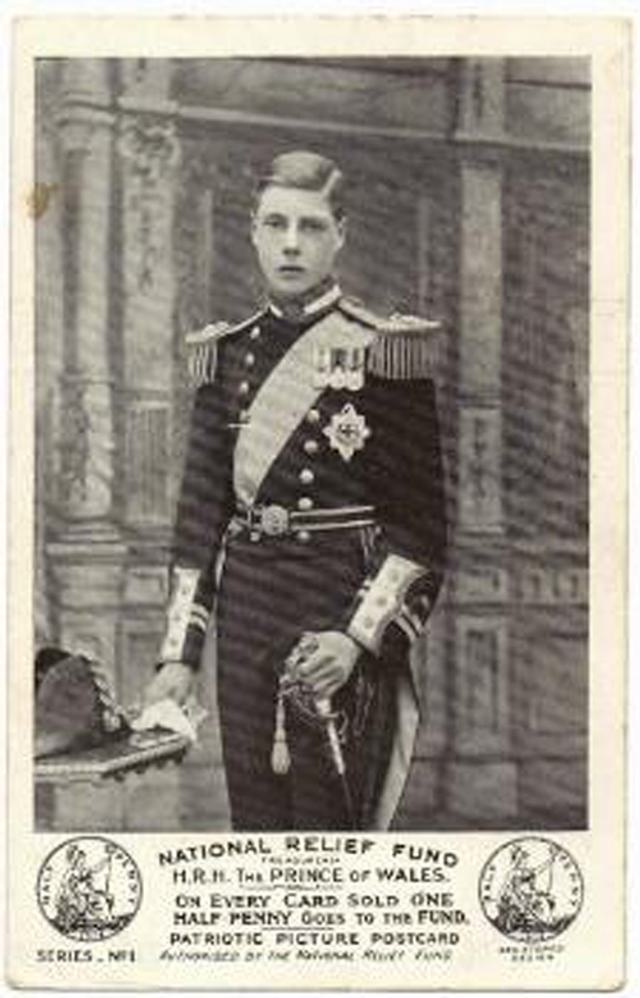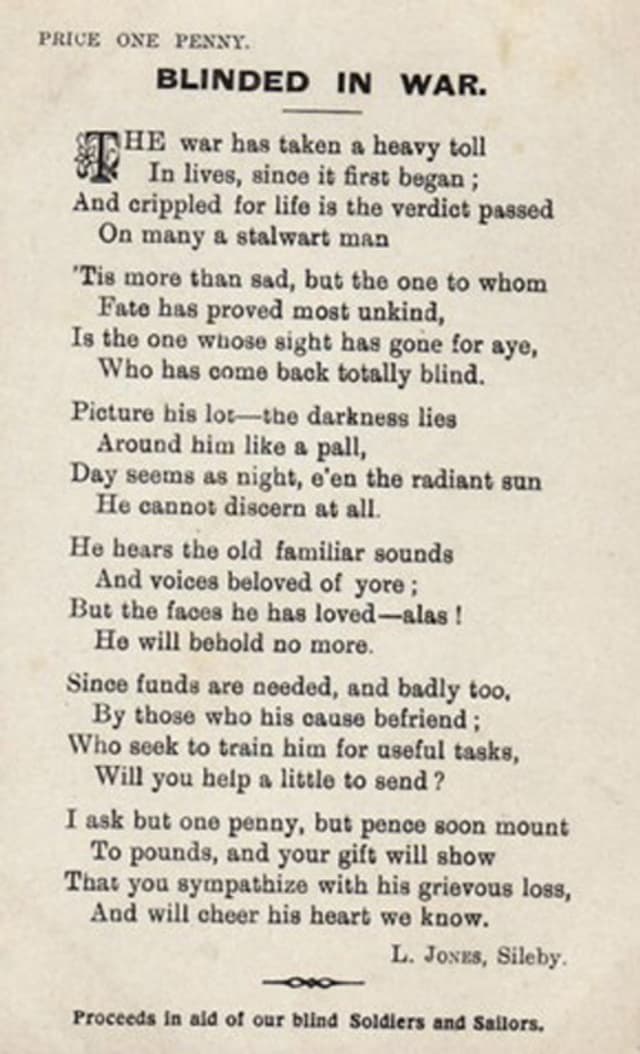Fundraising in the First World War: fighting the good fight
Fundraising and charitable volunteering is a rather under-reported component of Britain’s war effort during the First World War, says Tony Charalambides, but it had an enormous impact on its outcome. Fundraising in the UK amounted to an incredible £75 million, roughly £3.6 billion now.
- Written by
- Tony Charalambides
- Added
- October 15, 2014
July 2014 marked 100 years exactly since the beginning of the First World War, which witnessed global carnage on a scale few could have imagined. Britain, for its part, lost just under a million young lives (over two per cent of its population) and worldwide an estimated 16 to 65 million people were killed before the so-called Great War ended, mercifully, in November 1918. It is unequalled in the UK’s history – even by the Second World War – for the sheer devastation visited upon the populace and it is beyond sobering to think of the heartbreak, desolation and emptiness those left behind must have suffered.
There is a new wave of historians who now question how savvy Britain’s decision to enter the war really was given its dominance, at the time, in naval and financial terms and that particular debate rages on between the Michael Goves and Rowan Williamses of this world. But facts are facts and Britain’s war effort was one that involved an entire nation. It cost Britain £3,251,000,000 (or about £160,000,000,000 in modern terms) and all but bankrupted the country. By 1918, the manufacture of bullets alone cost the country £3.8 million every day.
All that money didn’t come from nowhere. It came from taxes. It came from war bonds. It came from international loans. And it came from good old-fashioned fundraising.
Fundraising and charitable volunteering is a rather under-reported component of Britain’s war effort, but it had an enormous impact on its outcome. Dr Peter Grant, professor at London’s City University and author of Philanthropy and Voluntary Action in the First World War (Routledge, USA and UK, 2014), reports that fundraising during the First World War in the UK amounted to an incredible £75 million (roughly £3.6 billion now). That’s excluding the value of donated goods for hospitals and comforts for the troops, which accounted for another £20-30 million. He speculates that the total value of donations might even have been as high as £150 million. That – in an era when a pint of beer cost one new penny and the prime minister’s annual salary was £5,000 – is a simply extraordinary sum.
Around 1.6 million British people – 1.2 million women and 400,000 men – regularly gave their time and effort to charitable causes during the war, a huge number of people that underscores what a countrywide effort the Great War swiftly became.

The first official National Relief Fund postcard from series 1 of the ‘authorised postcard’ series. It featured the fund’s treasurer, the then Prince of Wales (later to become Edward VIII).
There was little – either here in Britain or at the front line – that these altruistic souls didn’t affect in some way. Doctor Grant notes: ‘Hundreds of thousands of them provided food and drink often within range of the enemy guns, knitted ‘comforts’, collected funds, visited the wounded, acted as part-time police, wrote letters to prisoners, sold flags and organised committees and a thousand other activities.’
In fact, Britain’s people responded with a vigour and selflessness that was on a far larger scale than anything that had come before.
By the time the war ended there was a remarkable 18,000 or more active charities than the 35,000 that already existed when it started (there are, today, some 180,000 in England and Wales). There were nascent nonprofits for every war-specific cause imaginable, from eye injuries sustained in battle to the relatives of conscientious objectors. So virulent was their growth that government began to regulate the charitable sector for the first time.

Perhaps the most notable of all was the National Relief Fund, founded just days after the outbreak of war to help poorer UK families whose men had been called up as reserves. It raised an eye-popping £5 million (about £490 million today) from voluntary contributions in the first year of its existence alone and arguably set a tone of national philanthropic unity that would last for the duration of the conflict. Did appeals like this – that relied heavily on public figures doing the asking via channels such as the national media – set a precedent for certain kinds of ambassador (or celebrity) fundraising that persist to this day? I think there’s a strong case to make.
In truth, nonprofit fundraising during the First World War couldn’t really fail: because at the very core of any appeal for help that organisations like the NRF, RSPCA, YMCA, British Red Cross, or St Dunstan’s made was the essential and inescapable fact that, no matter what the magnitude of the contribution a donor or volunteer made, or how selfless any act of kindness might be, there would always be someone making a bigger sacrifice. Namely, the two and a half million British men who had volunteered – and who were willing to risk their very survival – to fight during four-plus years of conflict.
In truth, they were making the greatest – and most courageous – donation of them all.
And one third of them would never come home.
Huge thanks go to Dr Peter Grant for allowing me to use the statistics and insight that inform his book Philanthropy and Voluntary Action in the First World War. It’s a read I heartily recommend.
This blog was initially posted on 101fundraising Crowdblog and will become part of SOFII’s new showcase, SOFII’s Room 101. It can also be found at www.tonycharalambides.com
















